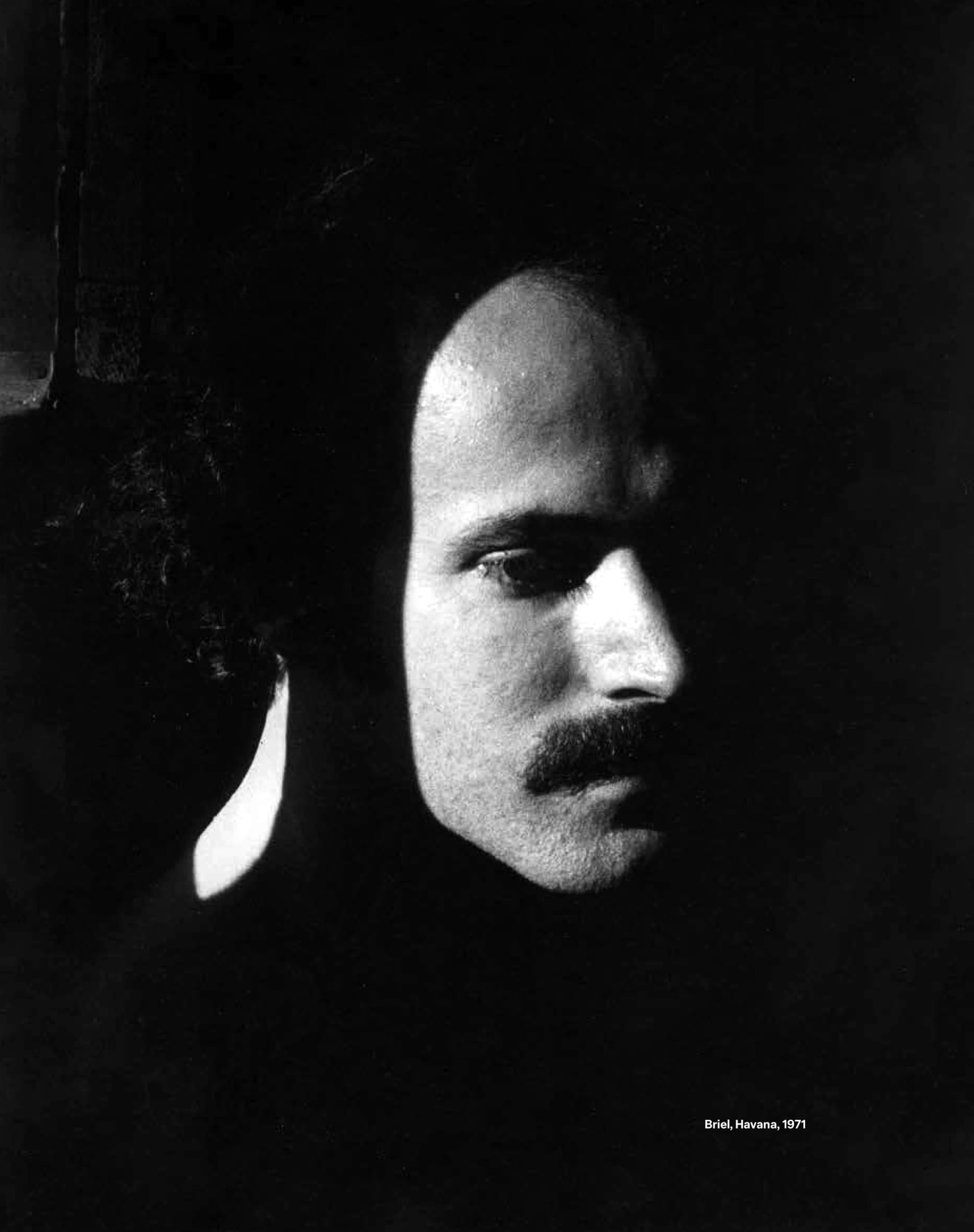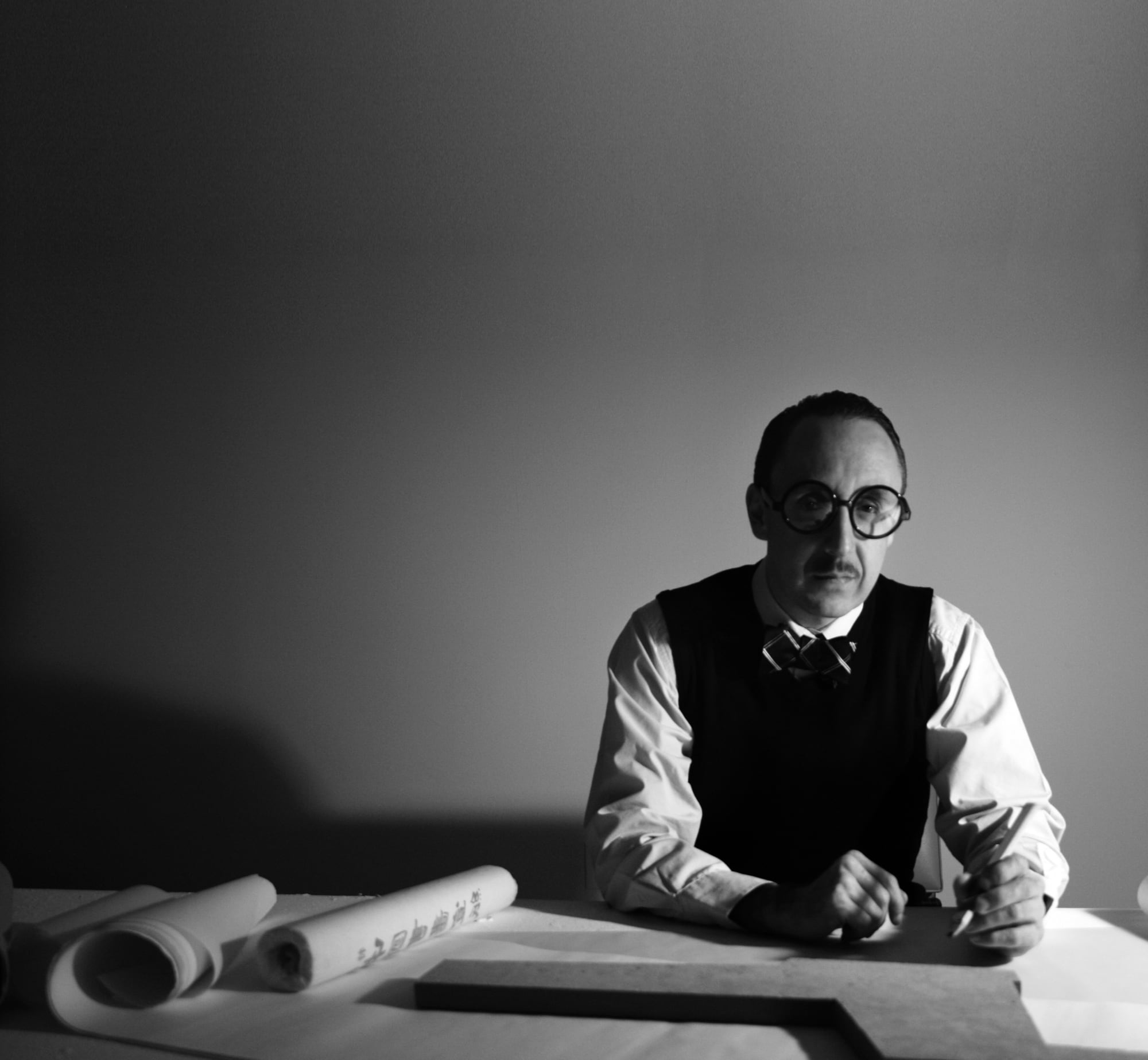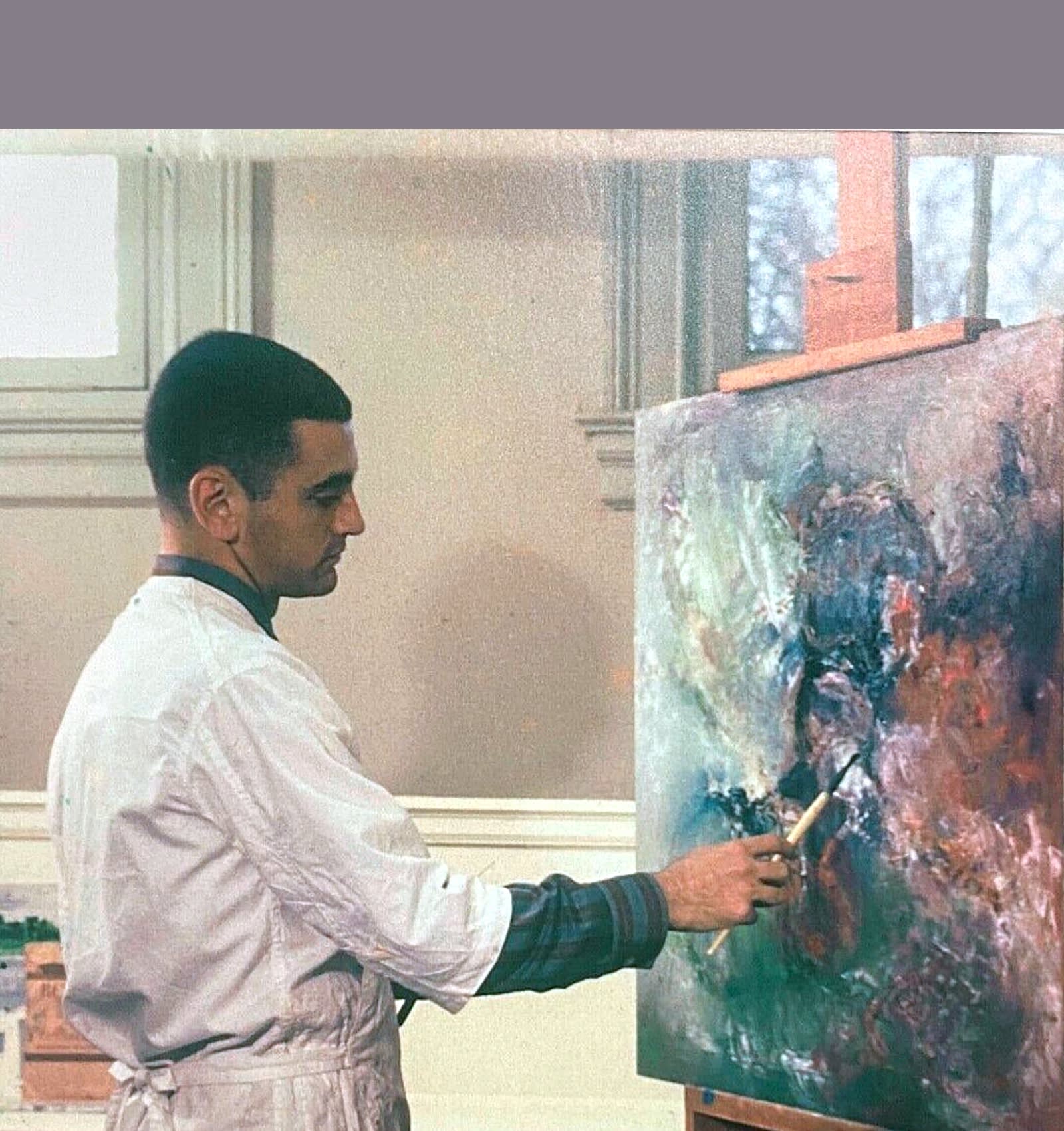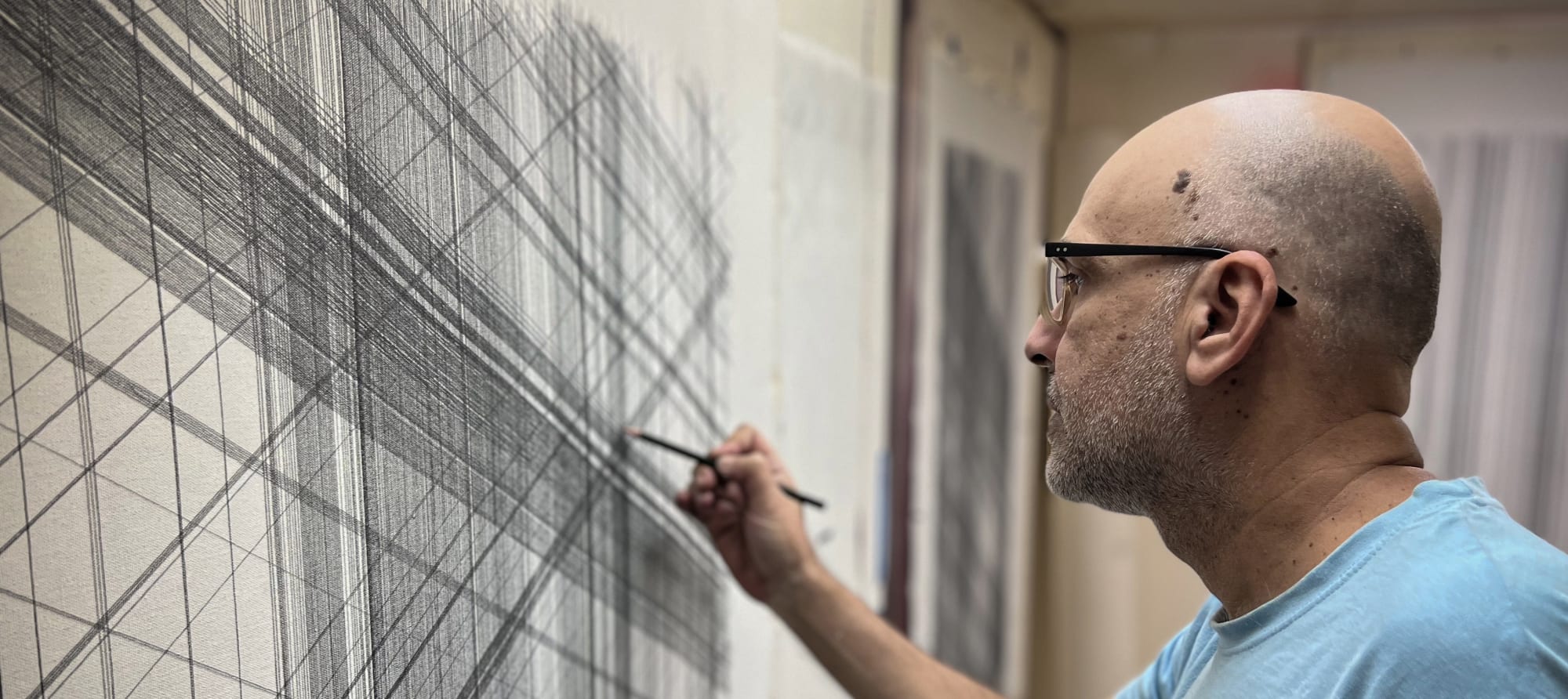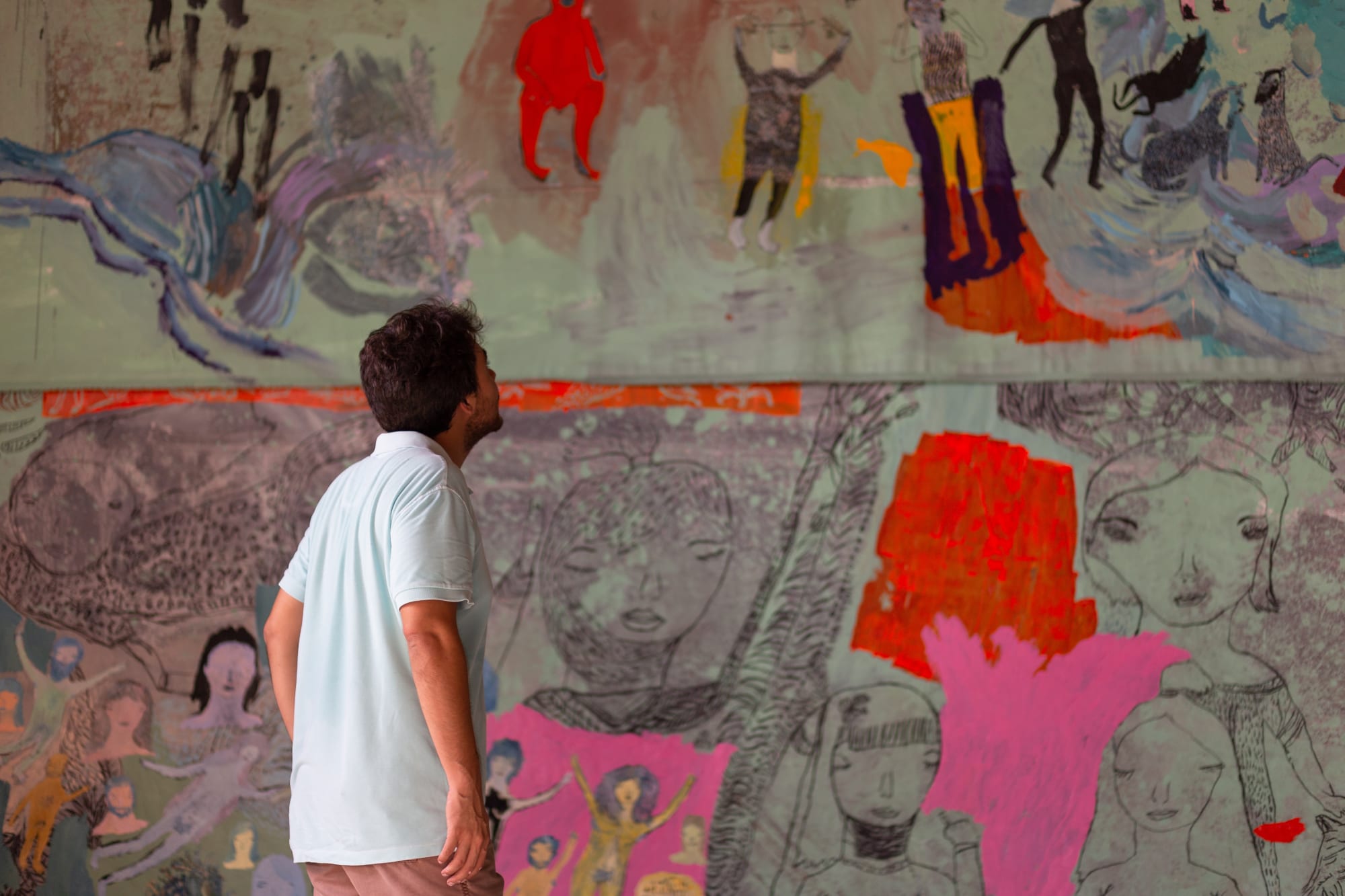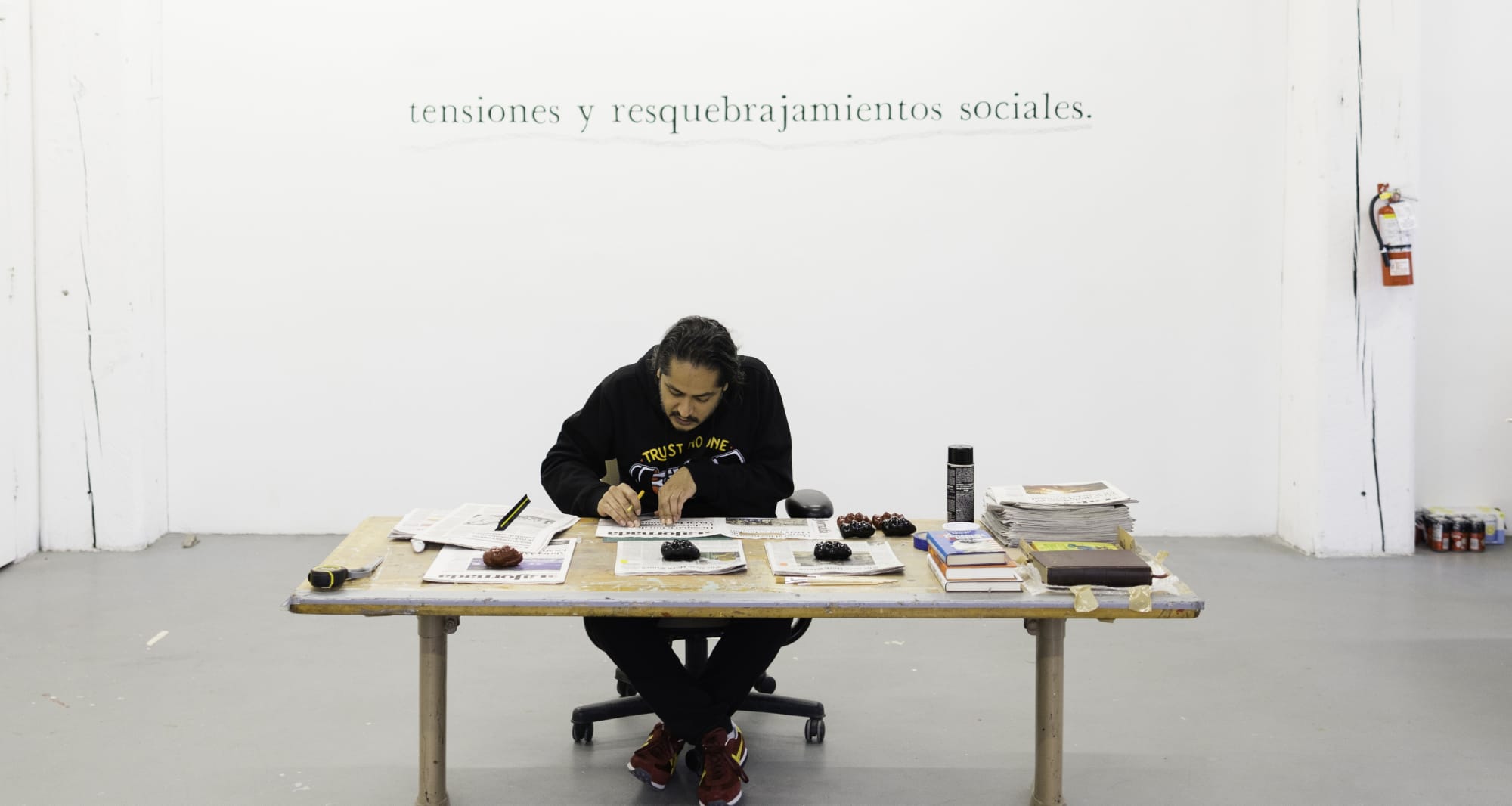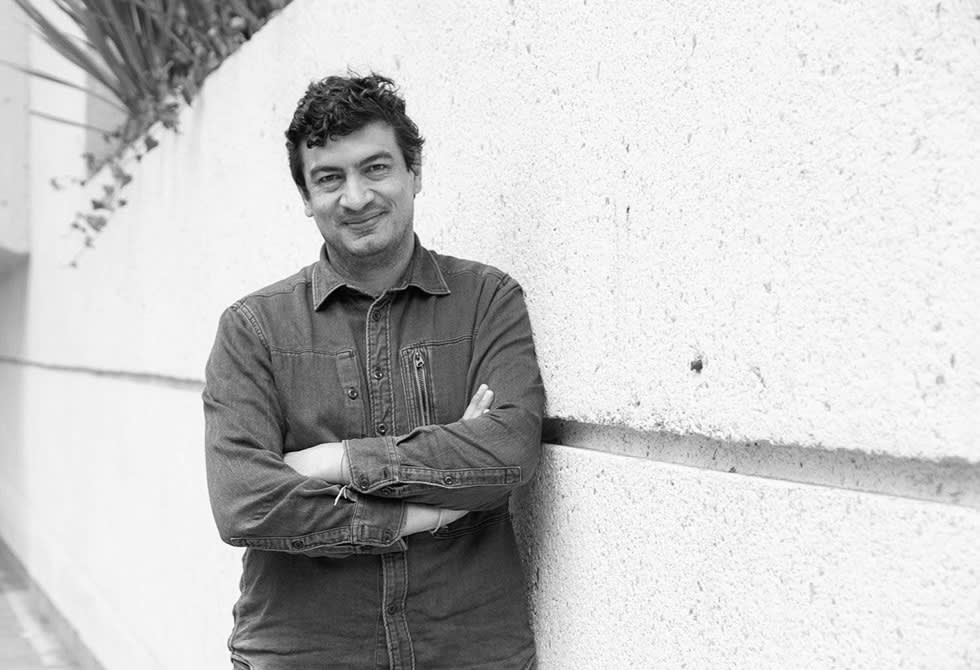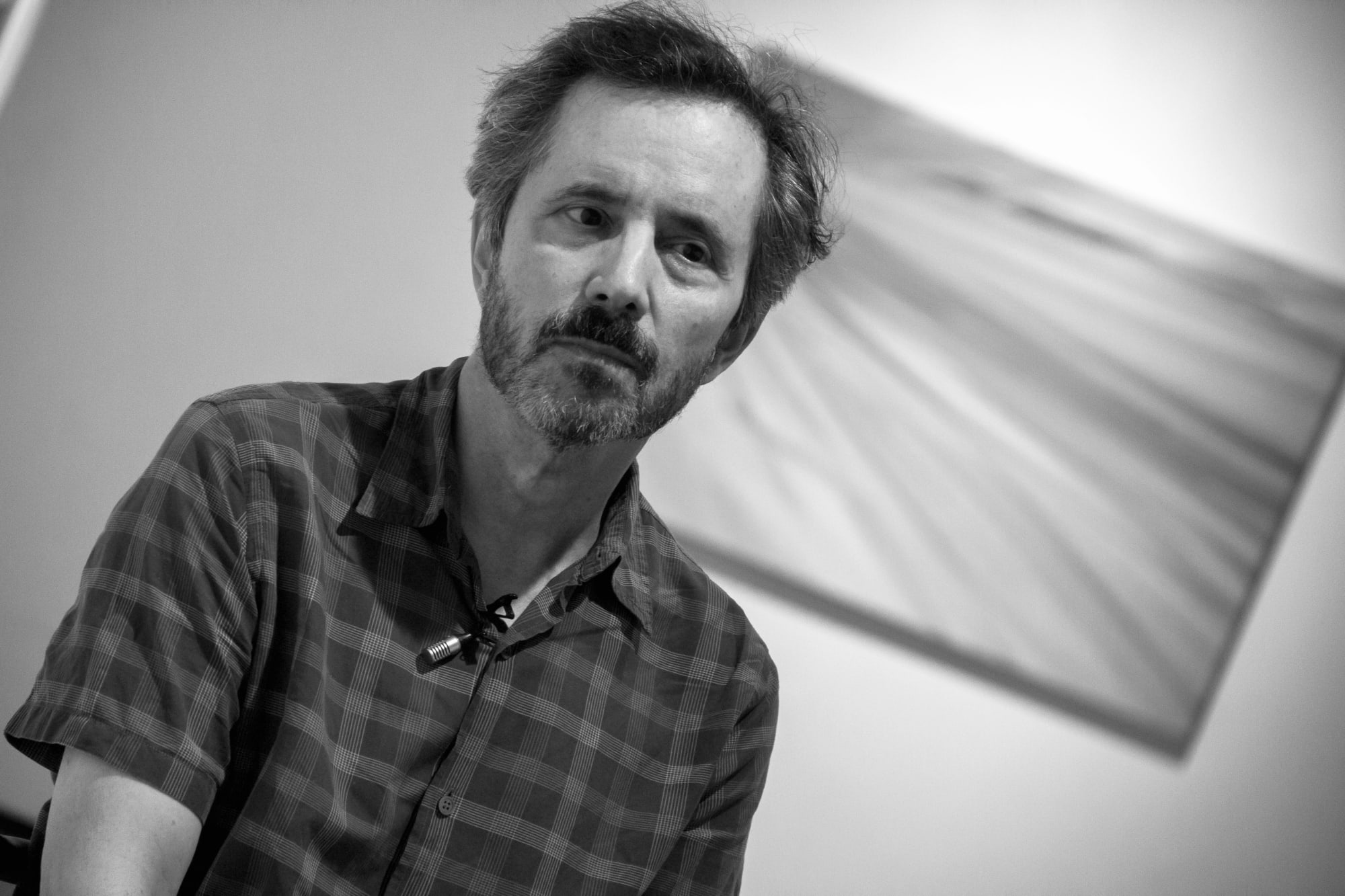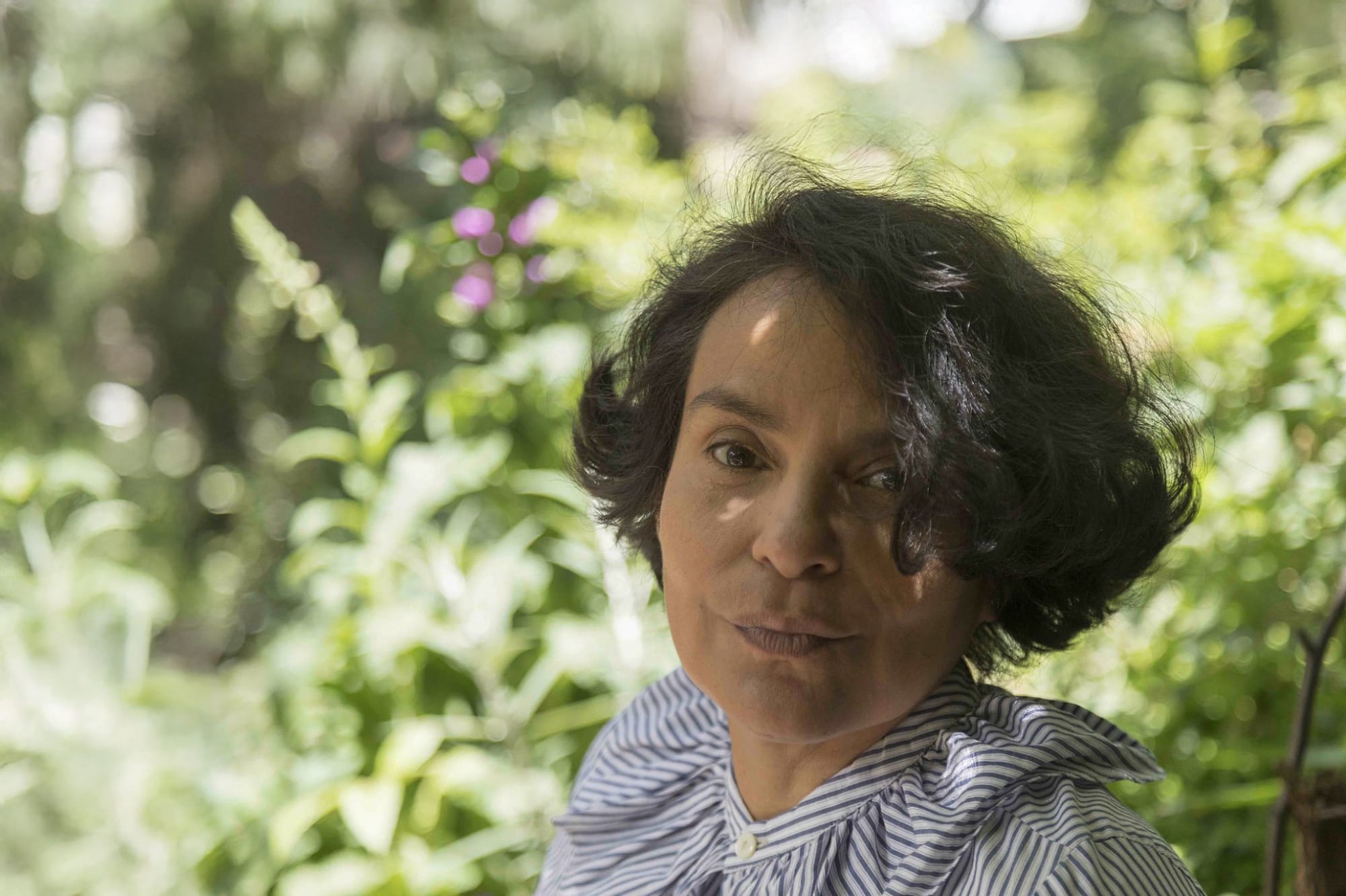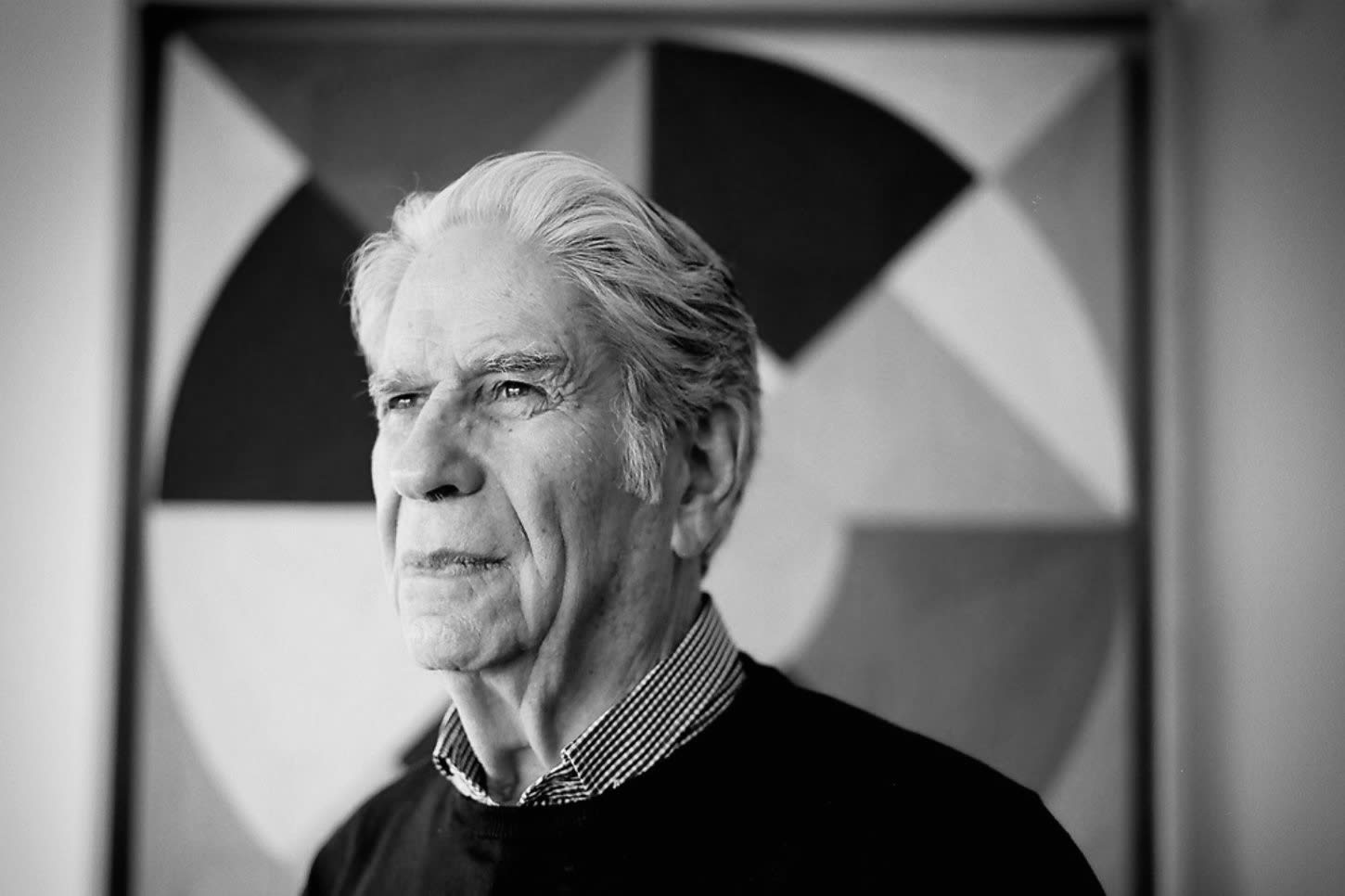Gallery Artists
-
Camila Barreto
-
Julia Bejarano
-
Mauricio Bejarano
-
Ernesto Briel
-
Miguel Cardenas
-
Lucio Celis
-
Julio Dacunha
-
Beatriz Grau
-
Miler Lagos
-
Ernesto Leal
-
Federico Ovalles
-
Antonio Pichilla Quiacain
-
Luis Fernando Ramirez
-
Jorge Riveros
-
Ana Maria Rueda
-
Samuel Sarmiento
-
Joaquín Segura
-
Veronica Trujillo
-
Luis Fernando Zapata
-
Paula Zegers




